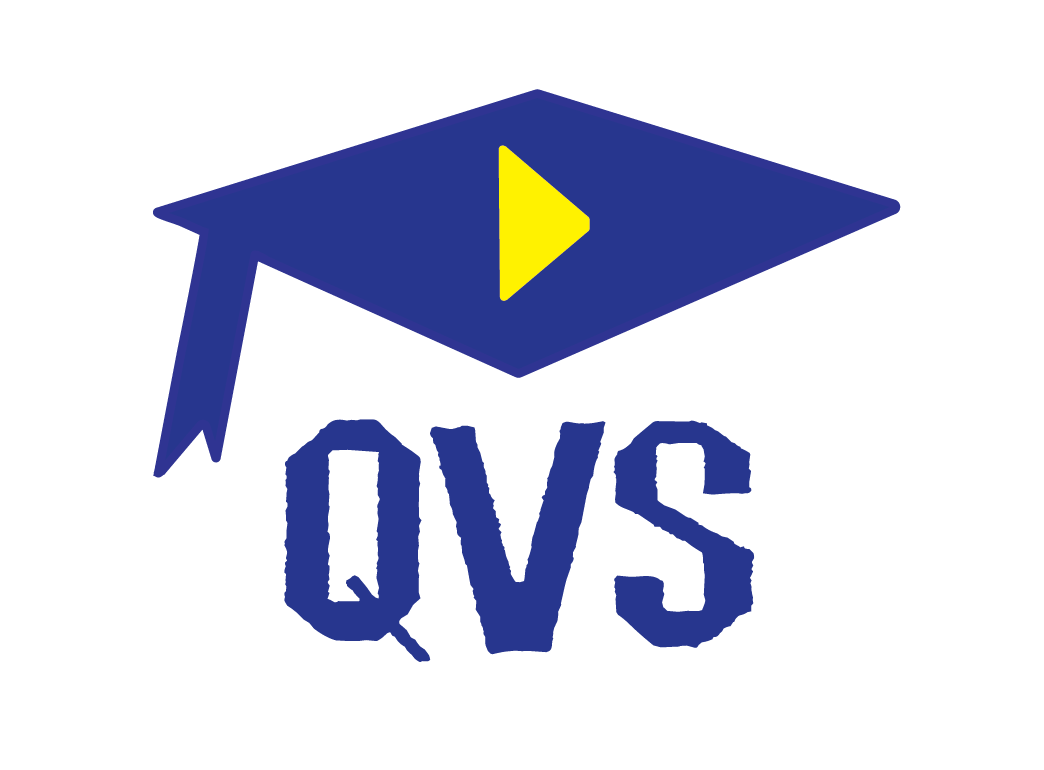
Design a VLE Course
Learning Design
Learning Design is a systematic, student-centred and often collaborative process where the teachers design how learners learn, instead of focusing on the teaching. The learning design often includes a description of the learning activities, content, structure, timing, learning methods, and assessment plan, as well as the technology used. Prototypes of learning activities are created and tested to achieve the set learning outcomes.
Universal learning design
Traditional teaching focuses on the teaching acts and the teaching content. Learning design focuses on the learner and learning outcomes. Learning design considers selected learning outcomes, target groups and context. Learning design has its roots in Design Thinking.
Not everyone is the same. Among the learners’ group there are students with different abilities, strengths, backgrounds, and preferences. The idea of universal learning design is to broaden access to education for all learners by accommodating their needs. In order to design a course, the teacher needs to know the learner profiles for example their age, skills, goals and learning style.
To make learning accessible for all according to universal design for learning (UDL) principles, the teacher should provide multiple means of:
► engagement – Develop ways to learn that motivate and sustain learners’ interest.
► representation – Present content in multiple ways (e.g. subtitles in videos, audio format in addition to text).
► action and expression – Offer learners variety of options to demonstrate their skills and knowledge.


